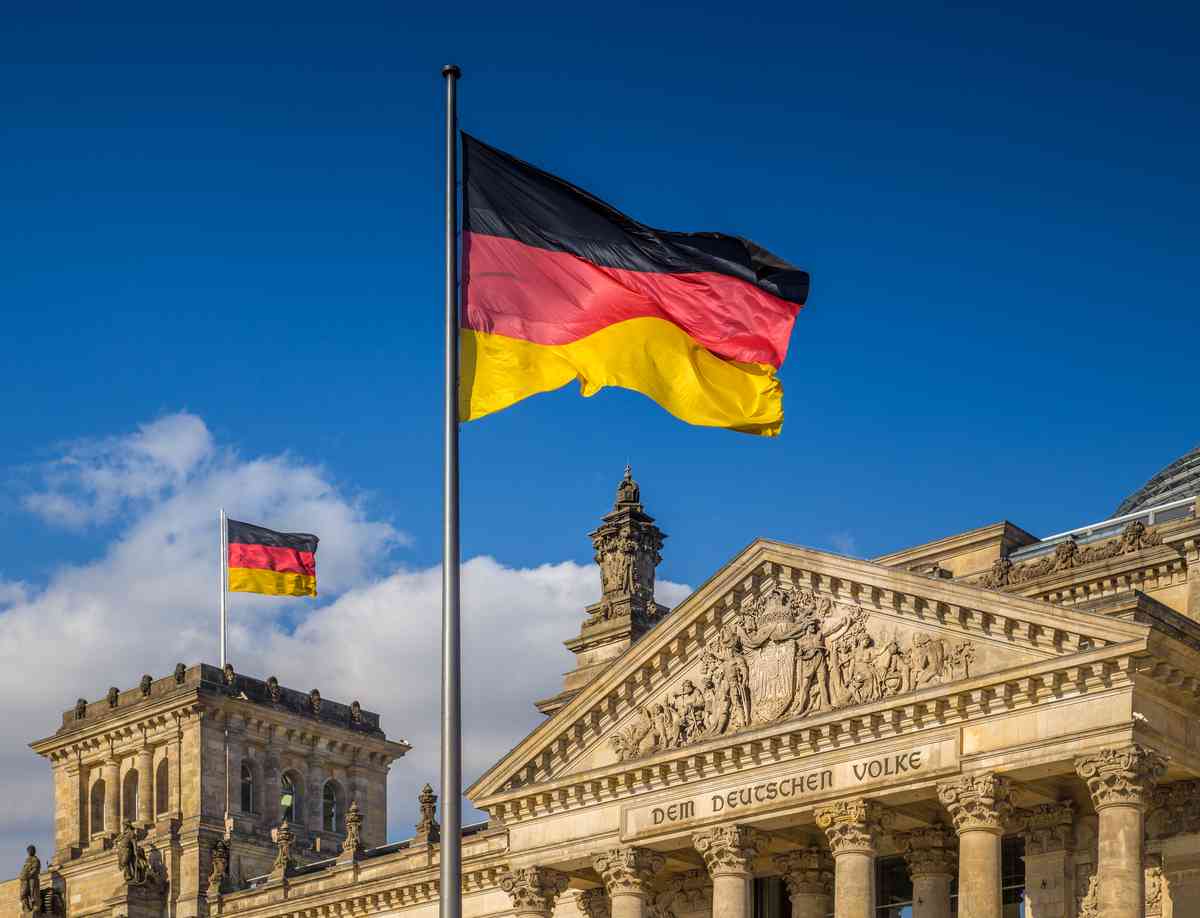Germany has always carried a reputation as Europe’s industrial engine, a nation defined by engineering excellence and export power. In 2025, that reputation is being rewritten through the lens of sustainability. A massive injection of funding into clean technologies is reshaping the country’s industrial base, redirecting billions of euros toward solar and wind projects, electric mobility, and low carbon manufacturing. For Germany, this is not simply an environmental gesture. It is an economic transformation with profound implications for workers, consumers, and the country’s role on the global stage.
The announcement of expanded green industry funds was met with both applause and cautious optimism. On one hand, it confirmed that Berlin remains committed to ambitious climate goals, even at a time of financial uncertainty and political debate. On the other, it raised questions about how quickly industries can adapt and whether public finances can sustain such large scale investments. What is undeniable is the ambition. The government is positioning clean technology not as a side project but as the foundation of Germany’s next economic era.
At the heart of the funding plan is the effort to decarbonize heavy industry. Sectors such as steel, cement, and automotive manufacturing have long been pillars of German prosperity, but they are also among the most carbon intensive. Grants, subsidies, and low interest loans are being directed at companies willing to adopt cleaner production methods. Steelmakers are experimenting with hydrogen furnaces. Carmakers are accelerating electric vehicle development and investing in battery technology. Cement producers are testing carbon capture systems designed to trap emissions before they reach the atmosphere. Each of these changes is costly and complex, but together they represent a new model for industrial growth that aligns with climate commitments.
The transportation sector is a major beneficiary. Germany is already home to some of the world’s best known automakers, and the shift to electric mobility has become an existential challenge. The green industry funds are helping companies expand charging infrastructure, build new battery plants, and incentivize consumers to make the leap from combustion engines to electric models. For citizens, this means more visible charging stations along highways, in neighborhoods, and in workplaces. For the auto industry, it means a chance to remain competitive in an increasingly electric global market. Failure is not an option. If German carmakers lag, rivals from Asia and the United States will capture market share. The stakes are enormous, not just for the companies but for the hundreds of thousands of workers whose livelihoods depend on them.
Renewable energy expansion is another centerpiece of the funding. Germany already leads in wind and solar capacity, but bottlenecks have slowed progress in recent years. The new funding is designed to accelerate permitting, modernize grids, and incentivize investment in storage solutions. Companies are racing to install more offshore wind farms, while communities are adopting local solar projects that allow households to generate and sell electricity. The ambition is to create a system where clean energy is abundant, reliable, and affordable, replacing fossil fuels that still account for a significant portion of the national mix. Citizens who once viewed energy policy as distant bureaucracy are now participants in rooftop solar cooperatives and neighborhood microgrids.
The social implications are significant. By widening access to clean technology, Germany hopes to create not only new industries but also new opportunities for workers. Job creation is central to the plan. Renewable energy projects require technicians, electricians, and engineers. Electric vehicle production demands specialized assembly skills. Even the retrofitting of homes for energy efficiency generates employment for construction workers and local businesses. Supporters argue that this is how the green transition becomes politically sustainable. People are more likely to back climate policies if they see personal benefits in the form of stable jobs, lower energy bills, and healthier communities.
Of course, not everyone is convinced. Critics warn that the scale of investment could strain public finances, particularly at a time when inflation and global instability weigh heavily on budgets. Others point to the challenge of supply chains. Batteries, wind turbines, and solar panels all rely on materials that are subject to global competition and geopolitical risk. If bottlenecks emerge, costs could rise and projects could stall. Skeptics also argue that rushing the transition could hurt competitiveness in the short term, forcing companies to shoulder heavy costs before markets fully adjust.
Yet the urgency is clear. The effects of climate change are increasingly visible across Europe, from floods in Germany’s river valleys to heatwaves that strain infrastructure and health systems. Public opinion strongly supports ambitious climate action, even if it comes with short term sacrifices. Germany’s government is betting that the long term benefits outweigh the risks. By investing now, it hopes to lock in leadership in industries that will define the global economy for decades.
The international dimension cannot be ignored. Germany is not acting in isolation. Its policies set benchmarks that ripple across the European Union and beyond. If Germany demonstrates that large scale green industrial policy can drive both climate progress and economic growth, other countries may follow suit. Already, neighboring states are watching closely, some eager to replicate the model, others wary of being left behind. Global investors also view Germany’s clean tech push as a signal that Europe remains a competitive hub for innovation despite the dominance of Silicon Valley and Asian manufacturing giants.
Ordinary households are beginning to feel the changes as well. Subsidies for home energy retrofits are allowing citizens to insulate their houses, install solar panels, and upgrade heating systems. These measures reduce energy bills while cutting emissions. Communities are setting up cooperative energy projects that give residents a direct stake in the green transition. Schools are incorporating clean tech education into their curricula, preparing the next generation for jobs in industries that did not exist a decade ago. For families, the green transition is no longer an abstract policy debate. It is becoming part of daily life.
The success of Germany’s strategy will depend on execution. Building wind farms and solar plants requires permits, supply chains, and community support. Scaling electric vehicle adoption demands infrastructure and consumer confidence. Transforming steel production means overcoming technological and financial hurdles. None of this is simple. But Germany has a history of engineering its way through complex challenges, and the current wave of funding is designed to catalyze the innovation needed.
For citizens, the promise is a future where cleaner air, stable jobs, and reliable energy coexist. For policymakers, it is a chance to prove that climate action and economic growth are not enemies but partners. For the world, it is a test case. If Germany can widen clean tech adoption while maintaining its industrial might, it will set a standard that few can ignore.
As 2025 progresses, Germany’s green industry funds represent both ambition and necessity. The country cannot afford to stand still in a world racing toward sustainability. By putting its money, technology, and political will behind the transition, Germany is signaling that the green future is not just a slogan. It is being built now, brick by brick, turbine by turbine, battery by battery. The outcome will shape not only Germany’s future but also the global path toward a more sustainable century.
Featured Image Source: RudyBalasko / iStock









